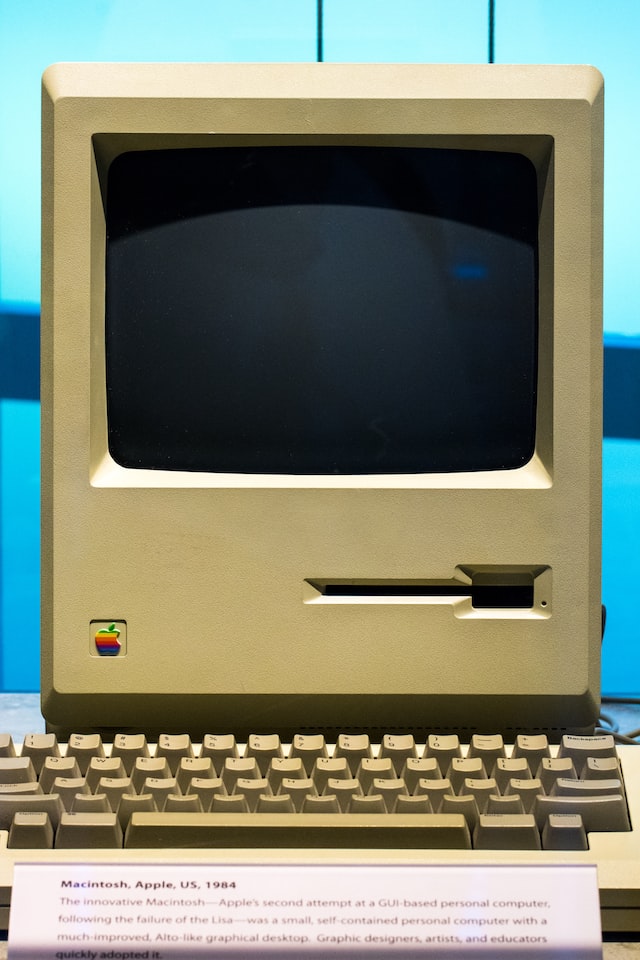History of Computers: From Ancient Times to Modern Era
Introduction:
The history of computers dates back to ancient times, where early civilizations used simple tools for counting and calculation.
With the advent of technology, computers have come a long way, evolving into complex machines that play a crucial role in our daily lives.
In this blog, I will delve into the history of computers and explore how they have changed and developed over the years.
The Earliest Computers:
The earliest computers were mechanical devices invented in the ancient times for counting and calculation. These computers were known as abaci and were used by the Babylonians and the Greeks for arithmetic calculations.
The earliest known abacus was found in Sumeria, dating back to 2300 BC.
Mechanical Computers:
In 1642, the French mathematician and philosopher Blaise Pascal invented the first mechanical computer, known as the Pascaline. It was a mechanical calculator that could perform addition and subtraction. This invention paved the way for more advanced mechanical computers, such as the Analytical Engine, designed by Charles Babbage in 1837.
However, the Analytical Engine was never completed, and it wasn’t until the late 19th century that electronic computers were invented.
Electronic Computers:
In 1937, John Atanasoff and Clifford Berry invented the first electronic computer, known as the Atanasoff-Berry Computer. The computer consisted of vacuum tubes and capacitors and was used to solve linear equations.
During World War II, the British government developed Colossus, the first programmable electronic computer, to decode encrypted German messages.
The Mainframe Era:
In the 1950s and 1960s, mainframe computers became popular in businesses and government organizations.
These computers were large and expensive and were used for data processing and scientific calculations.
The first commercial computer, the UNIVAC I, was introduced in 1951 and was used for business applications such as payroll and inventory management.
The Mini Computer Era:
In the 1960s and 1970s, mini computers were developed, which were smaller and less expensive than mainframe computers.
These computers were used in universities and research organizations, and were popular for scientific and engineering applications.
The first mini computer, the DEC PDP-8, was introduced in 1965 and was used for data processing and scientific calculations.
The Personal Computer Era:
In the 1970s and 1980s, personal computers were introduced, which were smaller, less expensive, and more accessible to consumers.
The first personal computer, the Altair 8800, was introduced in 1975 and was used for basic programming and data processing.
The introduction of the Apple II in 1977 marked the beginning of the personal computer era, and by the mid-1980s, computers had become a household item.
The Modern Era:
With the advent of the internet and the World Wide Web in the 1990s, computers became even more advanced and accessible to consumers.
The introduction of smartphones and tablets in the 2000s revolutionized the computing world, and computers are now an essential part of our daily lives.
Conclusion:
From the earliest mechanical devices to the latest digital computers, computers have undergone a significant transformation over the years.
Today, computers play a crucial role in our daily lives, and they continue to evolve and change, offering new and exciting possibilities.
The history of computers is a testament to human ingenuity and creativity, and we can expect even more advances and innovations in the future.
